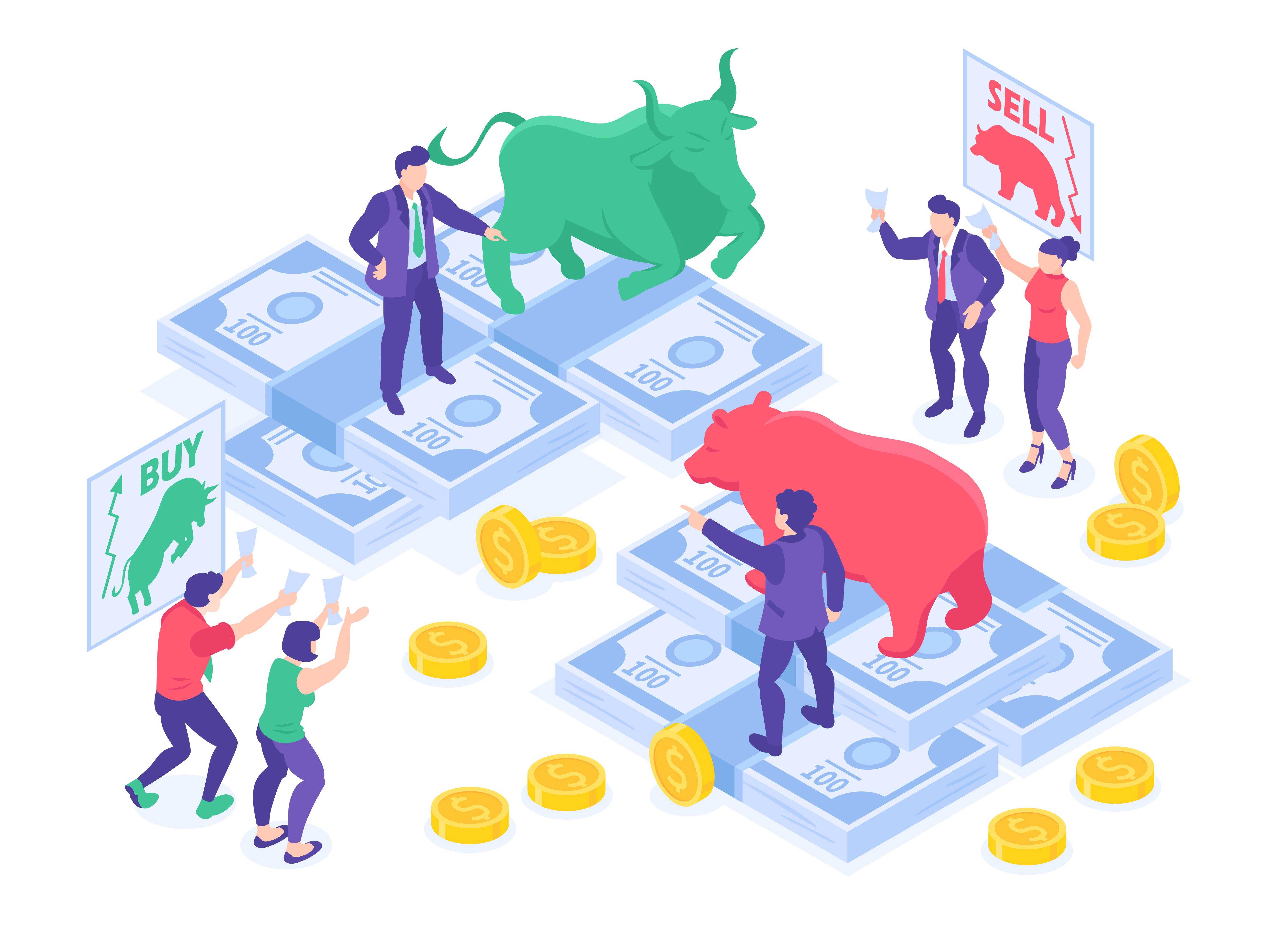The stock market is a complex and dynamic entity that has been around for centuries. One of the most commonly used terms in the stock market is "bull" and "bear," which are used to describe the general direction of the market. The term "bull" refers to a market that is on an upward trend, while a "bear" market refers to a market that is on a downward trend. These terms have become so common in the stock market that most traders use them on a regular basis. But how did these terms come into existence?
The history of the bull and bear terms in the stock market can be traced back to the 18th century in England. At that time, bull and bear-baiting were popular sports, in which dogs were set upon bulls or bears. The terms "bull" and "bear" were used to describe the behavior of the animals during the fights. Bulls were seen as aggressive and would thrust their horns upwards, while bears were seen as more defensive, using their claws to swipe downwards.
In the 1700s, the London Stock Exchange was founded, and investors would gather to trade stocks and other securities. During this time, the terms "bull" and "bear" started to be used in the stock market to describe the behavior of investors. A "bull" investor was someone who was optimistic about the future of the stock market and would buy stocks in anticipation of a rise in prices. A "bear" investor was someone who was pessimistic about the future of the stock market and would sell stocks in anticipation of a fall in prices.
The first known written reference to the terms "bull" and "bear" in the stock market was in the book "Every Man His Own Broker" by Thomas Mortimer in 1761. In the book, Mortimer described the stock market as a "bear garden," referring to the way that investors would trade aggressively and try to manipulate the market in their favor. He also described the terms "bull" and "bear" and their association with the animals.
In the early 1800s, the terms "bull" and "bear" became more widely used in the stock market, particularly in the United States. In 1802, the New York Evening Post published an article in which the terms were used to describe the stock market. The article stated that the market was "bullish" because of an increase in prices, and that investors were "bearish" because of a decrease in prices.
Over time, the terms "bull" and "bear" have become ingrained in the language of the stock market and are used on a daily basis by traders and investors around the world. While the original association with the animals has largely disappeared, the terms still convey the same meaning they did in the 18th century: optimism and confidence for a bull market, and pessimism and caution for a bear market.
In conclusion, the history of the bull and bear terms in the stock market can be traced back to the 18th century in England, where they were first used to describe the behavior of animals in bull and bear-baiting. As the stock market grew and evolved, the terms were adopted to describe the behavior of investors, and they have become an integral part of the language of the stock market today.
Discover More
Most Viewed
Christmas is a season of joy, love, and traditions. And what better way to get into the holiday spirit than through timeless carols? These musical gems have been bringing people together for generations. Here’s our ranked list of the Top 10 Christmas Caro…
Read More

















